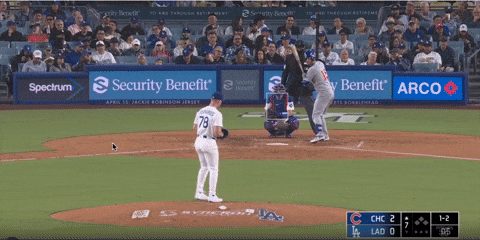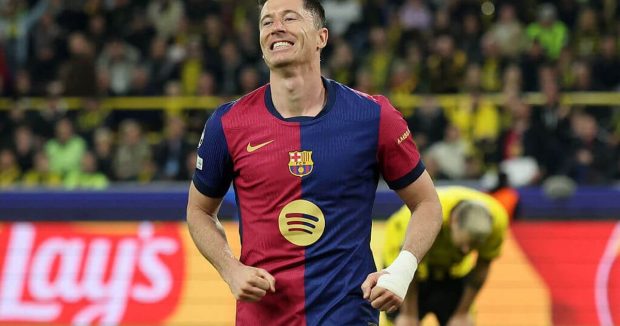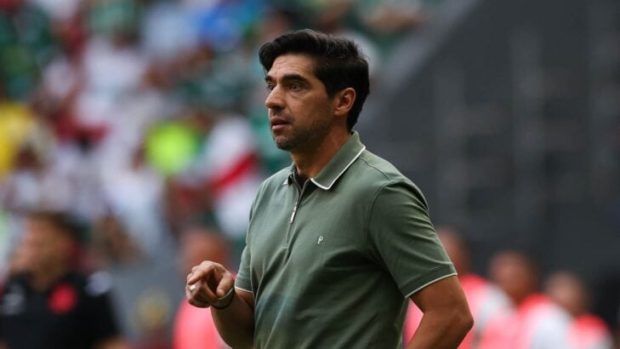
A month ago, the idea of Carson Kelly batting cleanup for the Chicago Cubs would have suggested that something had gone drastically wrong. Instead, it was just the right move for a lineup that continues to hum along over the first month of the season.
Manager Craig Counsell’s decision paid immediate dividends as Kelly got the scoring started for the Cubs by slugging a two-run homer as he went on to have a three-hit evening during the Cubs’ 9-0 victory over the Pittsburgh Pirates at PNC Park. The Cubs moved to 18-12 on the season and boast the most potent offense in baseball.
Advertisement
Kelly’s impact on the Chicago Cubs through 30 games of the season is undeniable. At the same time, it’s unfair to expect him to keep going at his current pace. Nobody expects him to get on base over 50 percent of the time and post a wRC+ above 200. But there is some hope that with the legitimate mechanical changes Kelly has made, plus his role as a part-time catcher and continued health, that Kelly can put together one of his best offensive seasons.
There are things Kelly has always had an ability to do at the plate.
“He had two really good years in Arizona, on-base in the mid-.340 range a couple times,” team president Jed Hoyer said. “He’s had some years where he got on base, controlled the strike zone. So he’s not a player who hasn’t produced for full seasons in the big leagues.”
Kelly has a career 10.2 percent walk rate and a 23.7 percent chase rate (about four points below the typical league average). He has a discerning eye and knows which pitches to attack. The problem has always been his ability to consistently impact the ball.
“I’ve broken wrists, I’ve broken hands,” Kelly said. “I was very steep and in and out of the zone. So I asked myself, ‘How do I get myself to a place where I swing the bats in the zone for a very long time?’ Then all you got to do is connect with the ball in that window.”
Kelly knew that he couldn’t just jump from swing to swing. He wanted to change things, but find something he could “take every day and be confident in.”
After returning from a fractured forearm in June of 2023, Kelly put up some of the worst offensive numbers of his career. He posted a 56 wRC+ and struck out a career-high 26.5 percent of the time. That spurred him to spend the next 18 months finding his best self mechanically.
After the 2023 season, Kelly decided to start hitting earlier in the winter. He came home and started getting after it in early October.
Advertisement
“I was in a place where I kind of needed to revamp my swing,” Kelly said. “In the past, I was bat on the shoulder, very tall, having trouble getting to the low pitch and swinging at chase breaking balls. So how do I put myself in a better position?”
For Kelly, it was a lot of trial and error as he worked through a variety of hand and body positions, trying to find the right mechanics. The 2024 season felt better and it helped him buy into the process. He knew he was headed in the right direction, but he still wasn’t where he wanted to be.
“What grinded my gears,” Kelly said, “was I’d get a pitch I could drive and I’d hit it into the ground.”
He was swinging at the right pitches, but too often not doing any damage with them. He had put up a solid 99 wRC+ after a disastrous 2023, but his groundball rate had jumped to 46.3 percent, by far his highest mark since 2018. So he continued to refine his swing.
One major change Kelly made was the weight distribution between his back and front foot. Previously, it was a 50-50 distribution. But now, force plate data tells him he’s more 70-30 weighted toward the back foot.
“I shifted the weight to hold all the energy in the back,” Kelly said. “When I get set, I have a lot of weight in that back leg and I’m trying to stay grounded.”
The visual difference is clear.


The first video is from 2023 where Kelly is slightly more upright and just looks more stiff, keeping the bat on his shoulder with his front foot firmly planted until his leg lift. The second video is from earlier this season. Kelly has more movement pre-pitch with his bat and generally looks more athletic. His front foot is moving, keeping more of the weight on the back and he finishes with more loft in his swing.
“I got to a place where I’m hitting in the air, more hard contact, more consistent, less chasing,” Kelly said. “It was trial and error and sticking to what I wanted to do.”
Advertisement
Kelly’s fly-ball rate is at 48.6 percent, the highest of his career. His soft-contact rate (8.1 percent) is the lowest it’s ever been and his hard-contact rate (40.5 percent) is the second-highest of his career. Perhaps most importantly for a player trying to tap into more damage, his ability to pull the ball in the air has jumped significantly, now at 24.3 percent, nearly double last season’s mark.
Kelly now feels convicted in his swing and with a nice timeshare at catcher with Miguel Amaya, he’s avoiding getting overworked behind the plate. Kelly can’t be expected to continue at this pace. But health, combined with consistent rest along with a strong approach that’s always existed now with new mechanics that seem to have him in a better position to do damage, there’s optimism that he could put together one of his stronger offensive campaigns.
“I think he does control the zone well, I think he knows the strike zone,” Hoyer said. “This year he’s been doing damage on those pitches. I think there’s a lot of indicators (that he continue can to do that).”
(Photo: Justin Casterline / Getty Images)
This news was originally published on this post .











Be the first to leave a comment